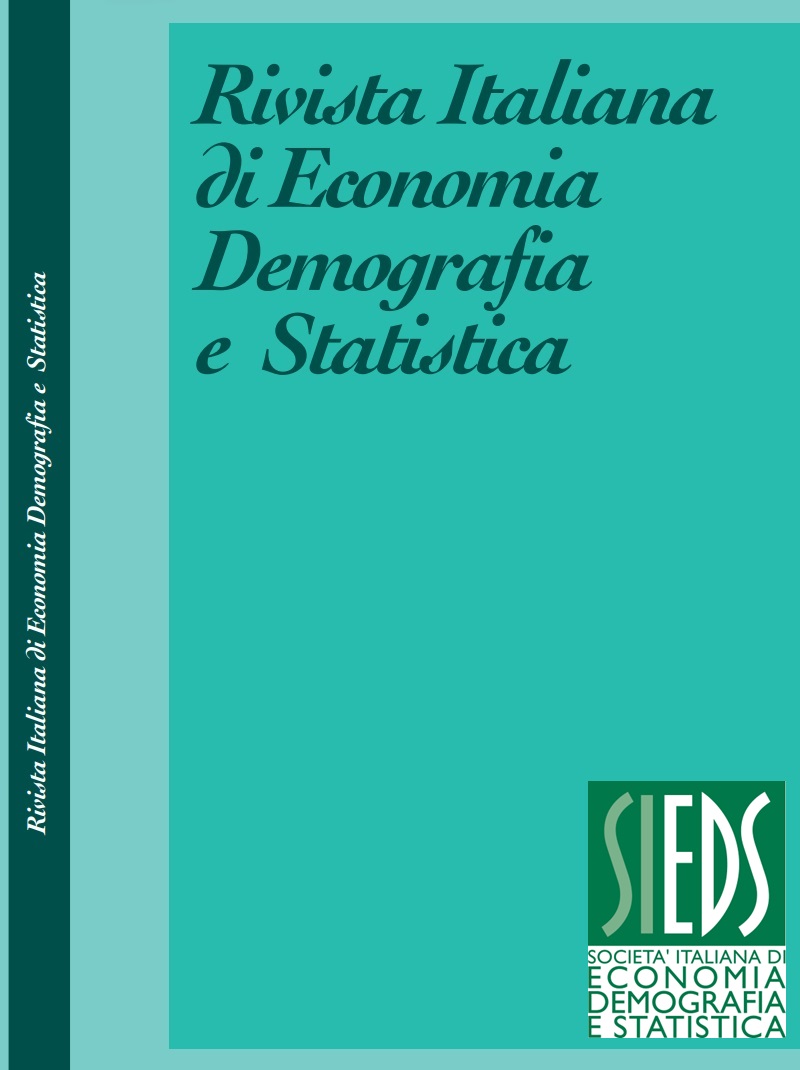A study on the attractiveness of Italian municipalities with the results of the first three editions of the permanent population census
Abstract
Starting in 2018, the Census of Population and Housing is Permanent: no longer decennial and exhaustive, but annual on a representative sample of municipalities and private households, different from year to year. The combination of sample estimates and statistical registers produces a census-like output: the results are referable to the entire population. The new informative provision - data disseminated at municipal level on annual basis - allows to study phenomena in a timelier way and to carry out both temporal and spatial analyses. The work is a study on the attractiveness (or self-containment) of Italian municipalities using the results of the first three editions of the Permanent Census of Population and Housing, through dimensions representing domains of a socio-demographic nature, with the aim of highlighting differences and similarities between municipalities. Some elementary indicators have been produced for 7,895 Italian municipalities referring to the years considered. The basic indicators are summarised by means of the Adjusted Mazziotta Pareto Index (AMPI), whereby multidimensionality is summarised in a single value. The composite AMPI calculated allows a comparison in space and time. In addition, the CHAID (Chi-squared Automatic Interaction Detector) ‘regression tree’ classification method is applied. The dependent variable is the AMPI, while the independent variables are the administrative subdivisions, some geographic characteristics and the municipality demographic size. The application of the CHAID ‘regression tree’ classification method confirms that there is a clear opposition between the densely populated medium-large municipalities of central northern Italy (the best nodes of the tree) and the very small rural municipalities of southern Italy, particularly Sardinia (the worst nodes). The municipalities belonging to the extreme nodes are represented on the maps to visualize the different realities that coexist on the Italian territory.
Downloads
Published
Issue
Section
License
Copyright (c) 2022 Valeria Quondamstefano, Mariangela Verrascina

This work is licensed under a Creative Commons Attribution 4.0 International License.



